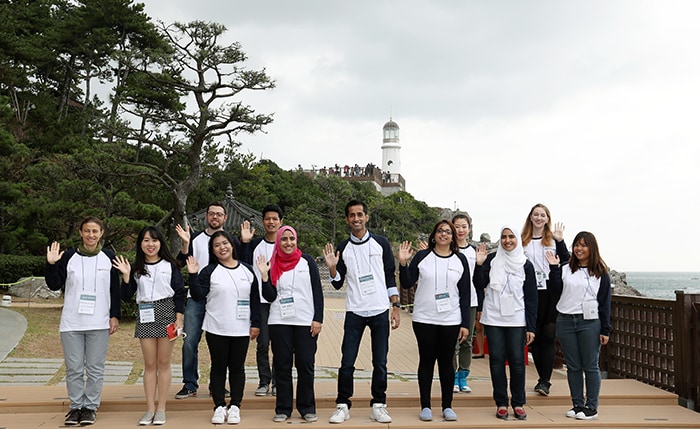
Busan’s charms match its title as South Korea’s second city. Visitors are always amused by something new as there are countless things to see and places to eat. On Oct. 27, Korea.net honorary reporters visited Nurimaru APEC House, Jagalchi Market and Gamcheon Culture Village– they were sorry that they could not stay longer!
2016 is almost over.
Although it’s a cliché, what an eventful year!
Korea.net delivered diverse news in 2016. Many must-visit places in Korea were introduced, even those that are not included under tourism.
Korea.net staff writers and Korea.net honorary reporters did not always pick the best weather to show off the beauty of the locations. Sometimes, the weather was harsh or extremely cold. However, the view was still fascinating enough to depict a part of Korea’s glamour.
By Jeon Han, Kim Young Shin
Korea.net Staff Writers
Photos: Jeon Han Korea.net Photographer
hanjeon@korea.kr
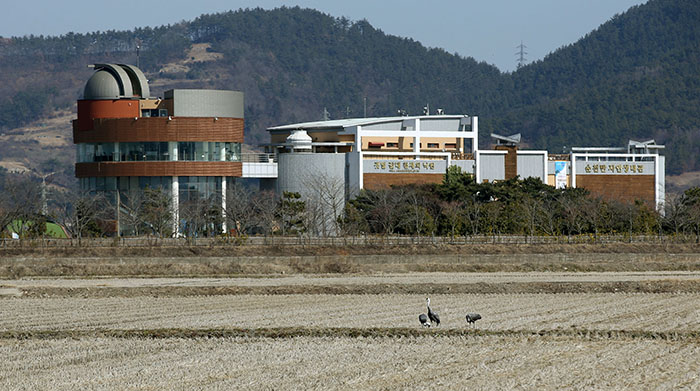
The first place Korea.net staff writers visited in 2016 was Suncheonman Bay, a habitat to migratory birds. Hooded crane, a rare bird with a population of only 10,000 remaining world-wide, can be spotted in the bay. The place was also designated as Ramsar Site for the countless migratory birds that make their home in wetlands. In the above photo, a family of hooded crane is pecking at rice in the rice field in front of Suncheonman Bay Eco-Museum.
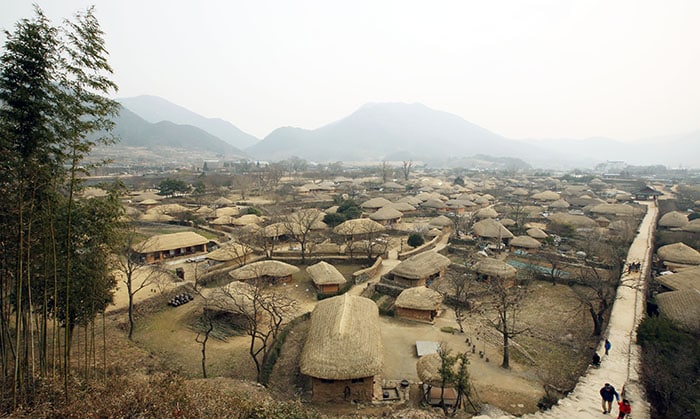
On Feb. 26, Naganeupseong Folk Village was quiet due to the cold weather. White smoke billowed up from the chimneys of thatched houses, where the residents live. An old man greeted passersby from a narrow alley. Time seemed to have stopped in the Joseon Dynasty at the folk village. The village boasts one of the best snowscapes in Korea.

March 25 was well past Gyeongchip (경칩, 驚蟄), “the day of awakening from hibernation” and Chunbun (춘분, 春分), “the half-way point between the winter and summer solstices”, the third and fourth of 24 solar terms that span the year, respectively. These two mark the coming of spring. The slopes of Alpensia Resort, in Pyeongchang, Gangwon-do Province, the venue of the PyeongChang 2018 Olympic Winter Games, were still covered in snow. Before the actual winter games begin on Feb. 9, 2018, many events will be held around Korea, as well as in Gangwon-do Province.
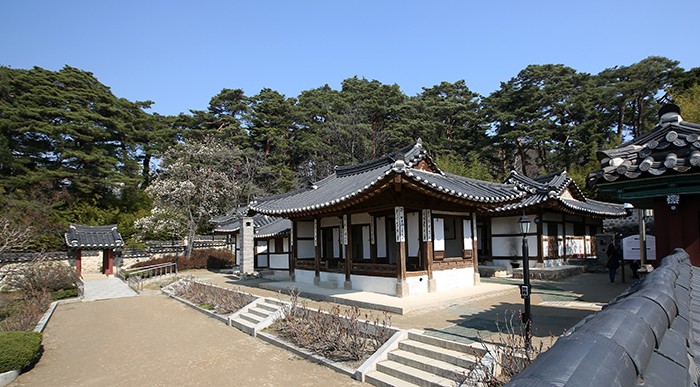
Ojukheon House is a classic tourist attraction and cultural heritage of Gangneung, where the ice games will be held for PyeongChang 2018 Olympic Winter Games. The name is derived from the black bamboo that grows in the area. It is the birth place of two historic figures: Joseon artist Shin Saimdang (1504-1551) and her son Yi Yi (이이, 李珥) (1536-1584), a Confucian scholar also known as his penname Yulgok (율곡, 栗谷). Their portraits appear on the KRW 50,000 note and on the KRW 5,000, respectively.

N Seoul Tower on Namsan Mountain, is a must-visit for visitors to Seoul. At the top of the mountain, couples lock ‘lovers locks’ as a symbol of their undying love for one another and climb up to the observatory where they can enjoy an impressive view of Seoul. It is a place frequently featured in Korean soap operas. One of the places to get the best view of N Seoul Tower and take a photo with the tower in the background is the National Museum of Korea. It is the go-to place for many photographers for photos of a clear sky for weather-related articles.
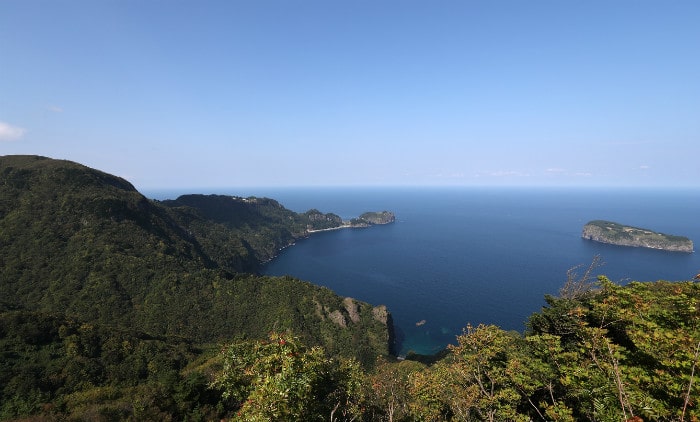
Ulleungdo Island, a must-see and stepping stone to the eastern tip of Korea, Dokdo Island, is known for its lack of thieves, pollution and snakes and for its copious amounts of water, beautiful people, rocks, wind and juniper trees. The island is popular for its splendid views, only found on the eastern islands of Korea. It is also famous for snowy weather in winter.
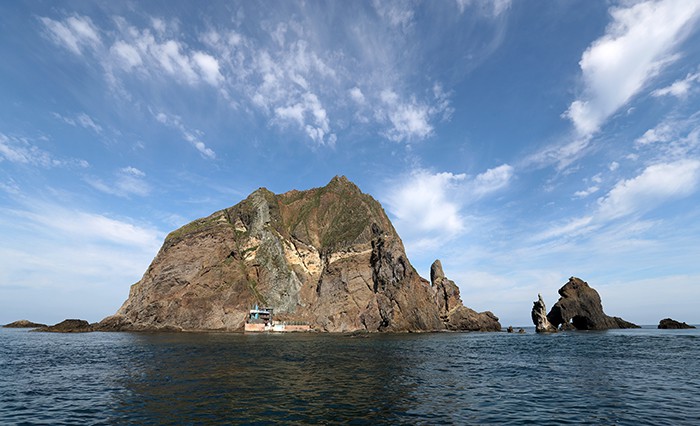
Thanks to the clear autumn sky and tranquil sea, people landed safely and easily on Dokdo Island on Sept. 25. Due to the fickle weather, entering and landing on the island is only possible for some 60 days throughout the year. The beautiful scenes are hard to describe other than with the word ‘clear.’
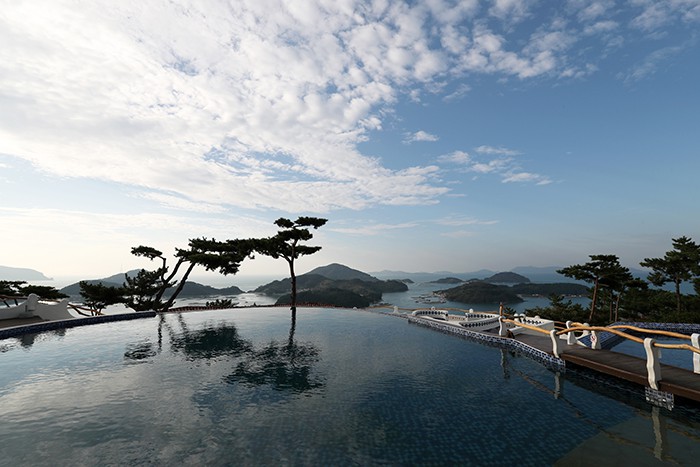
Tongyeong, a beautiful port at the southern end of Korea, has wonderful views of the sea and numerous islets. It is also full of attractions and delicious foods. In addition to fresh seafood, chungmu gimbap (충무김밥), a dish of rice rolls eaten with radish kimchi, and kkul ppang (꿀빵), a ball-shaped dessert coated with honey, represent the city.

In Korea, it is possible to hike in the center of the city. Inwangsan Mountain, Bugaksan Mountain and Naksan Mountain are near Gyeongbokgung Palace, one of the most visited tourist attractions in Seoul. Also, Namsan Mountain is in southern Seoul. Skilled hikers can reach the summits of the mountains in one or two hours. The view of Korea’s capital city from the top, with the cool breeze, is totally different to views from Seoul’s skyscrapers. The photo above is the top of Inwangsan Mountain, with Bukhansan Mountain and Hangang River to its far west.























